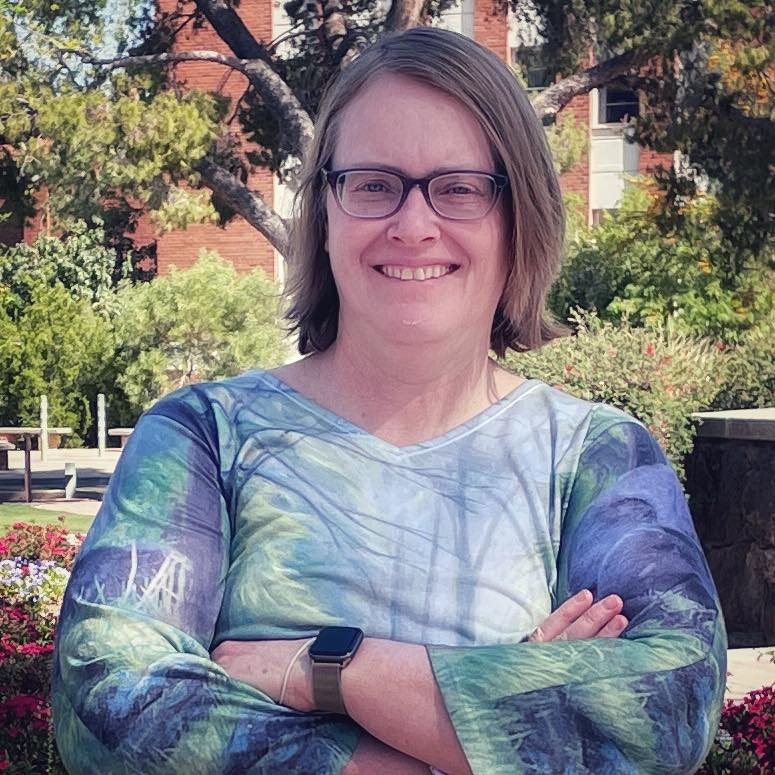Research
Framework
Many theories assume that there is a ‘generative lexicon’, an algorithm that builds words which the syntax uses to build sentences. In such theories, language gets its fabled generative capacity from both the lexicon and the syntax, both of which create hierarchically structured linguistic expressions.
A competing hypothesis holds that generative capacity is the province of the syntactic component alone. I investigate this idea within the Distributed Morphology framework.
In this model, syntax combines abstract features, and pronunciations are inserted to ‘realize’ these abstract features. Interpretation and pronunciation are compositionally read off the syntactic tree. Whether a particular piece of structure ends up being pronounced as a word or as multiple words depends on the interaction of the syntactic structure with fixed (non-generative) list pairing syntactic features with sounds, called the ‘Vocabulary’.
All the different forms of a word arise from different syntactic configurations: causatives, progressives, plurals, comparatives, nominalizations, participles… The moral of the story is: Sentences are not built out of words—words are built out of sentences.
Languages and topics.
My projects draw on several subfields of linguistics, using data from many different languages, including Italian, Hiaki, English, Japanese, Korean, Irish, and Persian.
I have done extensive work on verbal morphosyntax, including on ditransitives, applicatives, causatives, passives, verb-particle constructions, denominal verbs, the morphology of pronouns and agreement, and the semantics of event structure.
